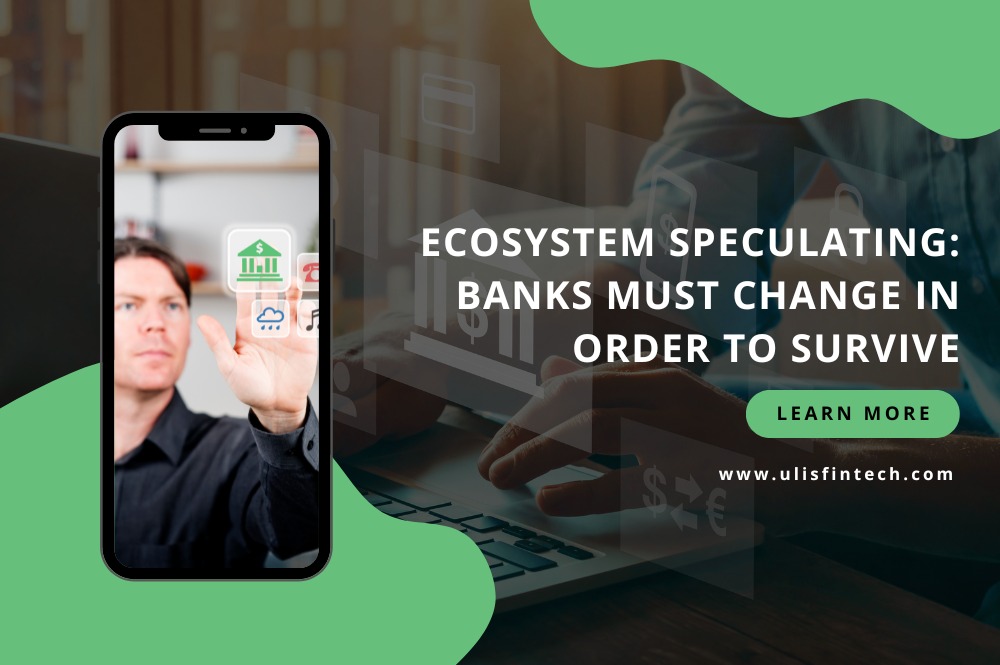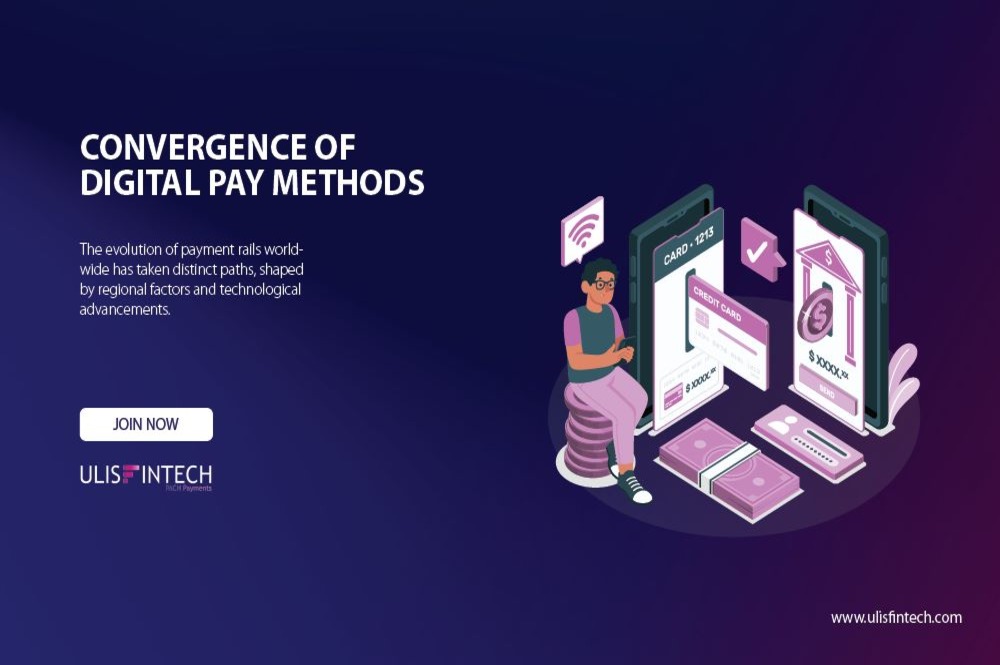Ecosystem Speculating - Banks must change in order to survive
May 20, 2022 - 11 MINS READ

Ecosystem speculating - Banks must change in order to survive
The old concept of integrated corporate banking is disintegrating. A broad digital banking ecosystem of bank and non-bank businesses is forming in its stead. We estimate that these changes will put $100 billion to $150 billion in worldwide revenue at risk. What may the finished result look like? How could insiders position themselves in the new terrain to gain an advantage?
The global corporate banking sector is a dormant behemoth
For banks, the $780 billion worldwide corporate banking industry has long been a reliable source of revenue. While consumer banking is undergoing a digital revolution – and non-bank firms are expanding their institutional business – the corporate banking industry has been better protected.
It's more of a relationship product than a commodity, and it's "mission-critical" to the smooth running of complicated treasury operations. It also necessitates significant system integration between corporations and their banks. As a result, financial technology companies (fintech) and other non-banks have made less progress than others in this industry.
Many of the world's major corporations now utilize multi-dealer foreign exchange platforms like 360T to manage their currency risk. Rather than using proprietary bank digital channels, many companies employ treasury management systems (TMS) and enterprise resource planning (ERP) software to handle their payments, working capital, and liquidity positions.
We are now witnessing a deeper transition, which might lead to the creation of an open and networked corporate banking "environment." There are potentially less exposed sections of the market where we expect the transition to an open ecosystem to be delayed or less dramatic (for example, structured lending, and large corporate payments).
For incumbents, though, this should be of little consolation: The highest-margin operations – particularly, businesses with small and medium-sized firms (SMEs), payments, and foreign exchange (FX) – are the most susceptible, and even items at the heart of the corporate banking relationship are likely to be touched at some point.
The ultimate goal is to create an open digital financial environment.
So, how does the ultimate result look? We envisage an open corporate banking environment, with a variety of companies competing to supply corporates with the financial and non-financial services they require and value.
- The client experience is being digitized
Banks are putting a lot of money into improving their digital experience for business banking customers. Many companies are replacing outdated digital channels with next-generation platforms that make use of cutting-edge technology.
They have a user-friendly interface, omnichannel services (online, phone, and tablet), modular architecture, and the most up-to-date security measures. Importantly, prominent banks are aggressively investing in content and value-added services to secure platform stickiness, demonstrating the importance of "owning" the client interface.
- Integrators' value chain solutions
Existing software or service providers throughout the "procure to pay" value chains – such as procurement, electronic invoicing, accounting, or logistics – are leveraging their position to offer financial services directly to customers as part of an integrated offering.
E-commerce providers (Alibaba, Amazon), procurement platforms (SAP Ariba, Coupa), and accounting platforms are all potential challengers in this market (Oracle, SAP, Xero, Intuit). Similarly, a slew of fintech is springing up to address specific pain points throughout the value chain.
The risk for banks is that these businesses continue to expand into finance and use their dominating position to provide an integrated (and aggregated) service in which numerous banks (and maybe even non-banks) supply financing choices.
- Aggregators who provide a 360-degree perspective of the customer (and price transparency)
Aggregators, which are multi-bank platforms that sit between clients and product suppliers, have the potential to disrupt the integrated model, resulting in margin compression and commoditization of corporate banking services. Aggregators are gaining traction in the consumer banking and insurance industries.
Customers will be able to smoothly migrate their data to other providers, and new non-bank payments firms will develop as a result of the regulation change to "open banking." Many business treasurers are already using aggregators to get the best foreign currency rates. Oracle and SAP, for example, currently provide an aggregation service for corporate treasurers and may potentially build multi-bank markets for items such as foreign exchange and payments.
Clients are reached directly by mono lines
Finally, fintech is establishing direct client contacts and offering corporate clients goods, thereby disintermediating banks. In a number of areas of the market, compelling solutions have developed. Players like Ebury, Kantox, and World First are stealing market share from banks in payments and foreign exchange. There is a slew of invoice discounting and financing markets, such as C2FO, Prime Revenue, and Tungsten, that specialize in working capital finance.
This fintech focuses on areas that are underserved by incumbent banks and feature a clean and simple user experience as well as reasonable pricing. The banks' worry is that these monolines would grow in size and spread into the mainstream, eroding economics in the banks' highest-margin products.
Turning a danger into an opportunity in the corporate banking environment
These examples are the first signs of corporate banking disruption: we anticipate fintech business models to grow, and additional non-bank firms to take advantage of their value chain location.
This might, at best, result in customer churn and margin pressure on some of the highest-margin items. In the worst-case scenario, this might result in market disaggregation and a transfer in power to alternative "owners" of the client interface, such as procurement platforms or treasury management systems, with banks relegated to "dumb pipes" for funding.
Putting money into the customer interface
While the end game is unknown, incumbents must invest to fight on several fronts since the customer interface is the most valued aspect of the value chain. Many of their counterparts are developing next-generation corporate portals that incorporate mobile, smart user experience (UX) design, and API technologies.
Others are using advanced analytics suites, benchmarking tools, and optimization engines to increase added value. Traditional relationship management and sales capabilities are also being modernized, with digital sales tools facilitating high-impact, relevant conversations with clients. All of these initiatives are aimed at counteracting the benefits of fintech or aggregator solutions.
Creating the "muscles" needed to compete in the new environment
In today's vertically integrated corporate banking market, success in a digital banking ecosystem would necessitate a new set of competencies that are more typical in other industries such as manufacturing than in today's vertically integrated corporate banking market.
Corporate banks will require partnership teams to manage connections with third parties, as well as investments in data management layers and APIs to transmit data easily with third parties, dynamic pricing capabilities, and a more integrated channel management strategy.







